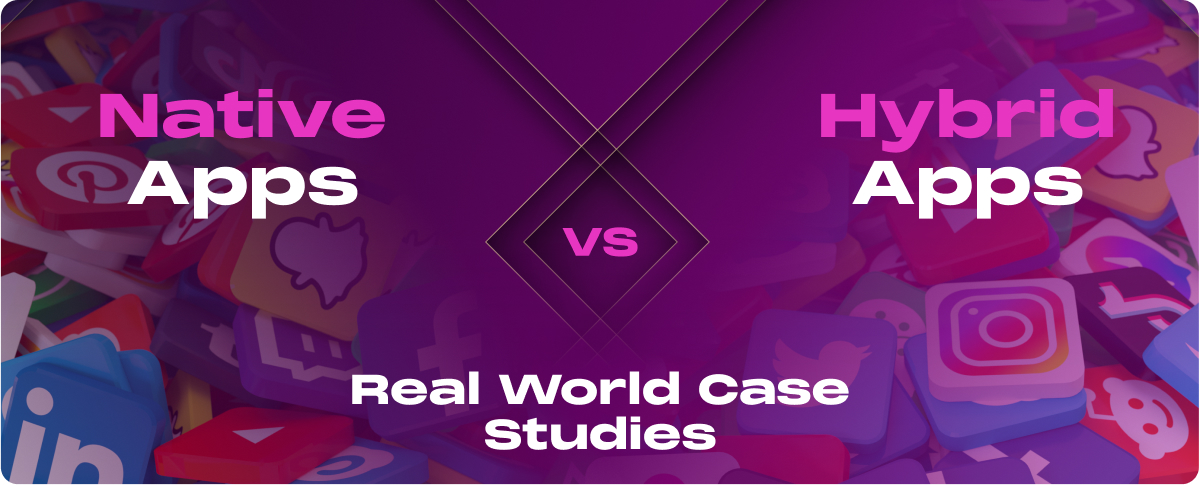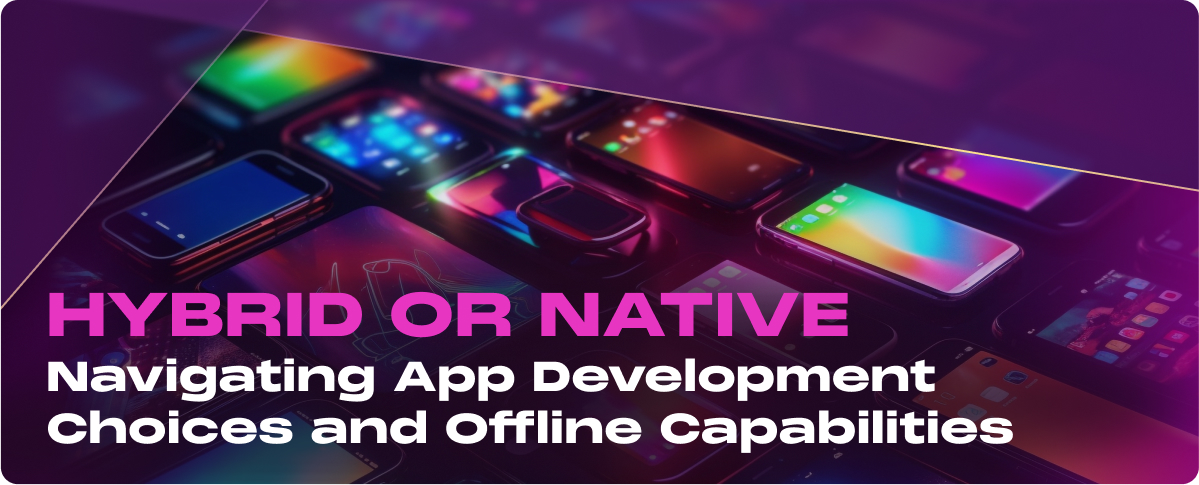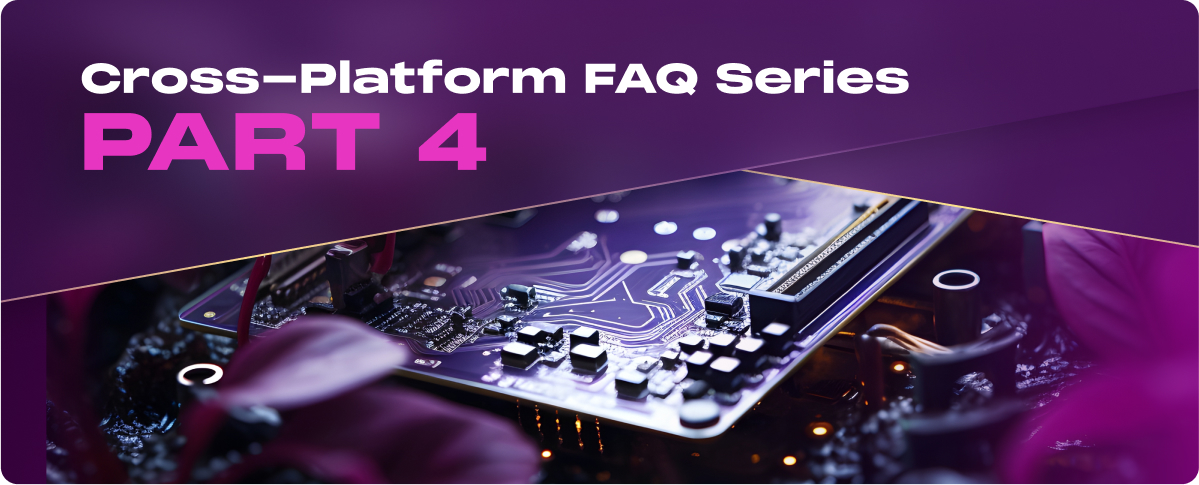How Next-Gen AI-Powered Interviews Are Changing Hiring for the Better
AI-powered recruitment software is redefining the way enterprise businesses approach candidate screening and interviewing. Where older systems could screen resumes with some degree of accuracy, they essentially stopped there, turning the rest of the hiring process (interviewing included) over to hiring managers and recruiters.
Now, a new generation of AI driven recruitment is extending further into the hiring process, handling aspects of interviewing and technical screening that weren’t possible before.
Here’s what’s happening with the evolution of AI in recruitment. But first let’s review the status quo, what these traditional tools can do.
How Traditional Resume Screening Tools Work
Businesses have been relying on resume screening software for years, often called applicant tracking systems (ATS). Some of these purport to use AI for limited functions, but for our purposes just injecting AI into traditional software methods doesn’t break out of the “traditional” category. More on this later, but first we need to address what these traditional tools do — and why they fall short.
Keyword Based Approach Has Limitations
First, traditional resume software takes a keyword-based approach, screening resumes for specific terms and phrases. This makes sense on a basic level: it’s not worth spending much time on a candidate whose skills and experience don’t overlap with those needed for the job
The first problem here is that it’s difficult to hit the sweet spot: set your keywords too generic, and the ATS lets too many applications through. But set them too specific, and you’ll absolutely miss out on highly qualified candidates.
Second, this approach ends up devolving into a guessing game, with applicants trying to predict which keywords you care about and then stuffing their resumes with those terms.
So in the end, the applicants that get through this system aren’t necessarily the best, most qualified. They’re the ones who guessed the right set of keywords.
This leads to candidates creating keyword-laden resumes that may or may not reflect well on them when read by you, the human — and that may or may not reflect reality!
Other Methods Also Fall Short
Some traditional systems go beyond keywords, implementing grammar-based assessments (e.g., is the resume well written?) or statistical models looking for the right structures or timelines.
These can be helpful to a degree, but the problems are similar: these tools hold the candidate’s resume to a standard, one that’s always a bit arbitrary and only as good as the software makes it. A candidate’s true capabilities (such as technical skills to solve a real-world problem or the ability to answer in-depth technical questions) aren’t evaluated at all.
The idea is that you’d get to these elements later on, in the in-person interview process. But what if you’ve already screened out the best candidates? They won’t make it to that later process, and you won’t discover or hire the best talent.
5 Ways Modern AI Driven Recruitment Helps Enterprise Businesses
A new generation of AI driven recruitment tools goes beyond resume screening, unlocking powerful advantages for businesses that are ready to evolve their recruitment and hiring practices.
Consider these five benefits that a true AI-powered recruitment solution can deliver.
1. AI Driven Recruitment Shortens the Hiring Cycle
One of the biggest high-level advantages to implementing AI in the hiring process is the effect it has on the hiring cycle. Many large businesses receive hundreds if not thousands of applications for high-interest job listings, and it’s just too much for any one human hiring manager to work through.
Artificial intelligence resume screening tools can handle this first round of screening resumes and initial candidate filtering. Especially in technical and related fields, this capability is a true game-changer.
We’re not just talking about tallying keywords within a resume or searching for a specific set of terms — those kinds of applicant tracking systems have been around for years.
We’re talking about something approaching human understanding of what makes a candidate stronger or weaker — but these AI based resume screening tools can scan hundreds or even thousands of resumes in moments, not days.
By bypassing one of the most time-consuming hurdles in the hiring cycles, AI tools can help teams shorten the cycle significantly.
2. AI Tools Find the Most Qualified Applicants Faster
Along the same lines, using AI in recruitment goes beyond candidate suitability, providing useful insights about which applicants are the most qualified. This information gives your recruiters a clearer picture of who to pursue in the hiring process — including data-driven recommendations that can help reduce human biases in hiring.
Our AI recruiting solution can process what’s in the application — a candidate’s stated experience and skills — along with other real-world markers, like performance in simulated interviews. These tools can even ask candidates how to do something technical on the spot, such as creating a pivot-table in Excel, and then analyze the candidate’s response.
3. AI Tools Are Cost Effective
Artificial intelligence and recruitment are a great combination for reducing hiring costs. By taking care of repetitive manual tasks and elements that are time-consuming for human recruiters, AI tools reduce the resource hours required to fill a job opening.
There’s also a less tangible ROI here having to do with candidate quality: when AI tools improve the quality of candidates you hire, then you get better results from those employees, further improving ROI for that AI recruiting solution.
4. AI Tools Can Integrate Seamlessly with Existing Tools and Processes
Some recruiters and HR leaders fear that upgrading to an AI driven recruitment tool will mean completely upending their hiring pipeline.
There are two ways to look at this: on the one hand, perhaps it’s time to upend that pipeline: if the status quo isn’t working, then the status quo isn’t worth saving.
But on the other hand, AI tools don’t have to mean a total disruption of your current tools and processes. These tools integrate well with existing recruitment platforms and HR software suites, enabling companies to adapt their existing tech stack and hiring workflows without major infrastructure changes.
5. Custom AI Hiring Tools Adapt to the Needs of Your Industry
Not every industry has the same requirements in hiring, even for similar job types: ecommerce enterprises and financial institutions both need programmers, but the context of their work will differ. This can create difficulties when using off-the-shelf software, which by definition have to take a more generic approach.
This final benefit applies more to organizations looking for a customized AI hiring solution like those we build at Pumex (rather than an off-the-shelf tool): AI tools like ours can be adapted to fit the contours of your industry. From tech to healthcare to finance and beyond, our solutions can be adjusted to focus on the skills and attributes that are most important for your business and industry — not for some generic job type.
What Sets Our AI-Powered Interview Tool Apart
Pumex creates modern AI-powered custom software for businesses across a wide range of industries. Our AI recruiting process is a powerful addition to your recruiting and hiring pipeline. Here’s how it works.
In-Depth AI-Powered Interviews
More than simply screening resumes, our process can conduct live video interviews automatically, grading responses automatically before involving human recruiters. These are in-depth interviews that go far beyond what traditional resume screening offers. For example, during an interview, our processcan:
- Ask industry-specific questions
- Probe a candidate’s technical knowledge
- Examine an applicant’s real-world experience and problem-solving skills
- Ask a candidate how to do something specific and technical on the spot (e.g. create a pivot table)
- Evaluate executive level communication
Gathering data on this level gives you an accurate, deep, and multifaceted understanding of a candidate’s abilities before you spend time on a face-to-face interview.
Our AI process doesn’t stop at this first level of questioning either: it can conduct follow-up questions based on the responses it receives. This capability helps the conversation to feel more natural to the applicant, as if the applicant is engaged in conversation with a real-world technical expert.
Results That Speak for Themselves
The most impressive element with our AI-driven recruitment process is that the benefits aren’t just theoretical. Businesses like yours are already using this process in real-world applications, and the success rate of our AI-powered solutions is hard to overstate.
For example: One Fortune 500 company partnered with several staffing agencies (including ours) with the goal of filling 10 open positions that the company was having difficulty filling. Finding 10 qualified candidates between multiple agencies seemed more feasible than relying on just one.
Even still, Pumex’s AI-powered recruitment solution was all the company needed: we successfully placed 9 out of the 10 candidates. Our solution was both accurate and highly efficient, delivering the right results more quickly than others.
It’s Time to Reinvent Recruitment. Get Started with Pumex Today
Pumex builds industry-leading custom software solutions for today’s businesses. Our hiring and recruitment tools implement a next-gen AI solution that goes beyond candidate screening, handling entire interviews and delivering accurate and timely results.
Ready to learn more? Get started with Pumex today.

















































